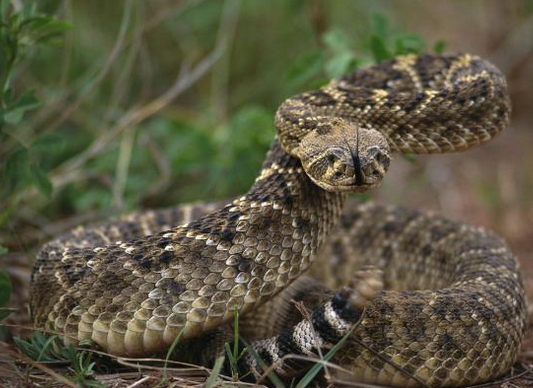Sunday, April 25 2021
Depending on where you live, spring is in the air, either a little or a lot. What that mostly means is we're all getting out and about more to prospect for gold, metal detect, and just clean up around our property. Especially as restrictions from Covid-19 are lifted, we’re hankering to get out and have fun. In general, springtime ushers in rain, warmer Snakes love warmer days. As reptiles, their body temperature mirrors air temperature, so it’s common to begin seeing many more snakes this time of year. And that means spring is also a good time to be extra vigilant about where you step and sit. Most rattlesnake bites occur when you accidentally step on or near a snake and startle it. That’s easy to do when you’re zoning out swinging a detector or hiking in tall grass toward your favorite gold-bearing river. When you are otherwise distracted by gold fever or a chore (stacking wood, cleaning out your shed, landscaping), you might not be thinking about where you’re putting your hands and feet.
• Call 911 immediately or get yourself to a hospital as quickly as possible. As you venture outside this spring and summer, help protect your lower legs with snake gaiters— they also help protect against thorns, briars, and cacti needles. If you've ever brushed against them by accident, you know how painful that can be! Snake leggings are used by the US Border Patrol, US Forestry Service, hunters, hikers, fishermen, ranchers, surveyors, realtors, landscapers, and thousands of treasure hunters who need protection for lower legs. Don’t take a chance! Take precautions to be safe this season— whether in the desert or woods — by adding snake gaiters to your list of “must have” equipment. |
|
Nugget of News Blog |






